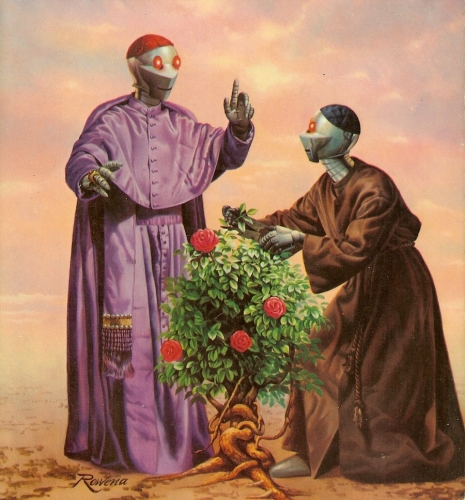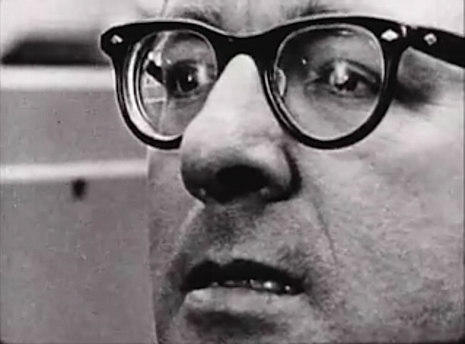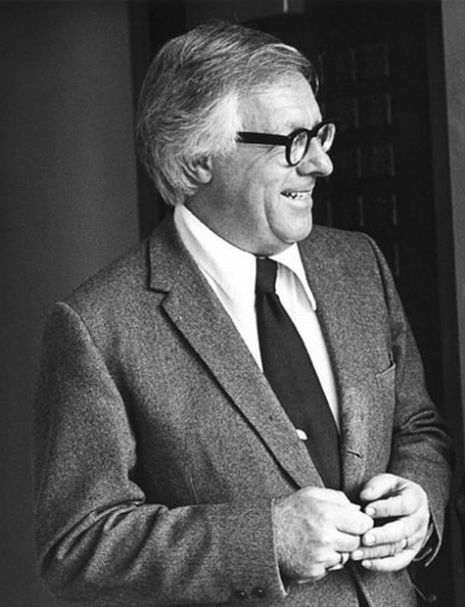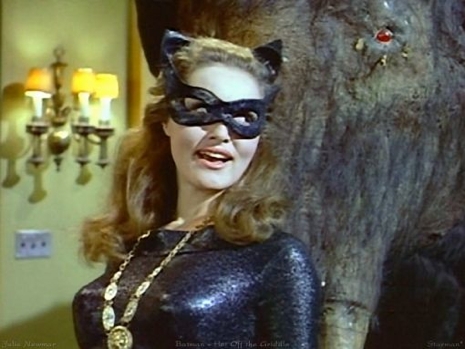
The cover artwork by Rowena Morrill for the 1988 edition of Clifford D. Simak’s book ‘Project Pope.’
When Rowena Morrill scored her first book cover as an artist, the year was 1977, and she was one of a scant few women making a name for themselves in the male-dominated world of fantasy and science fiction art. According to the artist, her entrance into the world of fantasy illustration was a happy accident. After relocating to Philadelphia, Morrill found work in a local art gallery taking commissions for customers which mostly consisted of wildlife scenes. Later she would move to New York to work for an ad agency—a gig she detested, prompting her to seek a new job anywhere but there. Ace Books, the highly regarded and longest-running sci-fi publisher in the U.S. gave Morrill a job. The opportunity would result in her artwork appearing in or on over 400 books by authors like Philip K. Dick and Neil Gaiman’s hero R.A. Lafferty. Morrill’s work also appeared on the cover of National Lampoon, horror staple Creepy, Heavy Metal and was even swiped for the cover of an early demo by Metallica, Power Metal. The painting in question originally appeared on the cover of 1980 book Shadows Out Of Hell by Andrew J. Offutt. In a bizarre twist, the image would be one of two by Morrill discovered during the search and seizure of one of Saddam Hussein’s many lavish homes—in this case a tricked-out townhouse in a ritzy area of Baghdad in 2003 (images are at the bottom of this post).
Though news reports noted the paintings hanging on Saddam’s party palace walls were original works of art by Morrill, they were in fact copies, as Morrill had sold the two original paintings to a Japanese collector many years prior. When images from inside the townhouse hit the news, Hussein’s “taste” in artwork was widely mocked. A reporter for The Guardian referred to the paintings as “universal cultural gutter” and “pure dreck,” which is somewhat understandable given the fact that the copies are nowhere near as wonderful as Morrill’s originals. In fact, Morrill’s work has been rightly likened to that of her male counterparts and masters of the genre, Frank Frazetta and Boris Vallejo.
I’ve posted images of Morrill’s vast body of work below; some are NSFW. Morrill’s art has also been the subject of a few books, including one by Boris Vallejo’s first wife Doris Vallejo, The Art of Rowena (2000).

Artwork by Morrill for the cover of ‘Night Walk’ by Robert Shaw, 1978.

The magnificent artwork by Morrill for the 1977 book by Jane Parkhurst, ‘Isobel.’
More Morrill after the jump…








